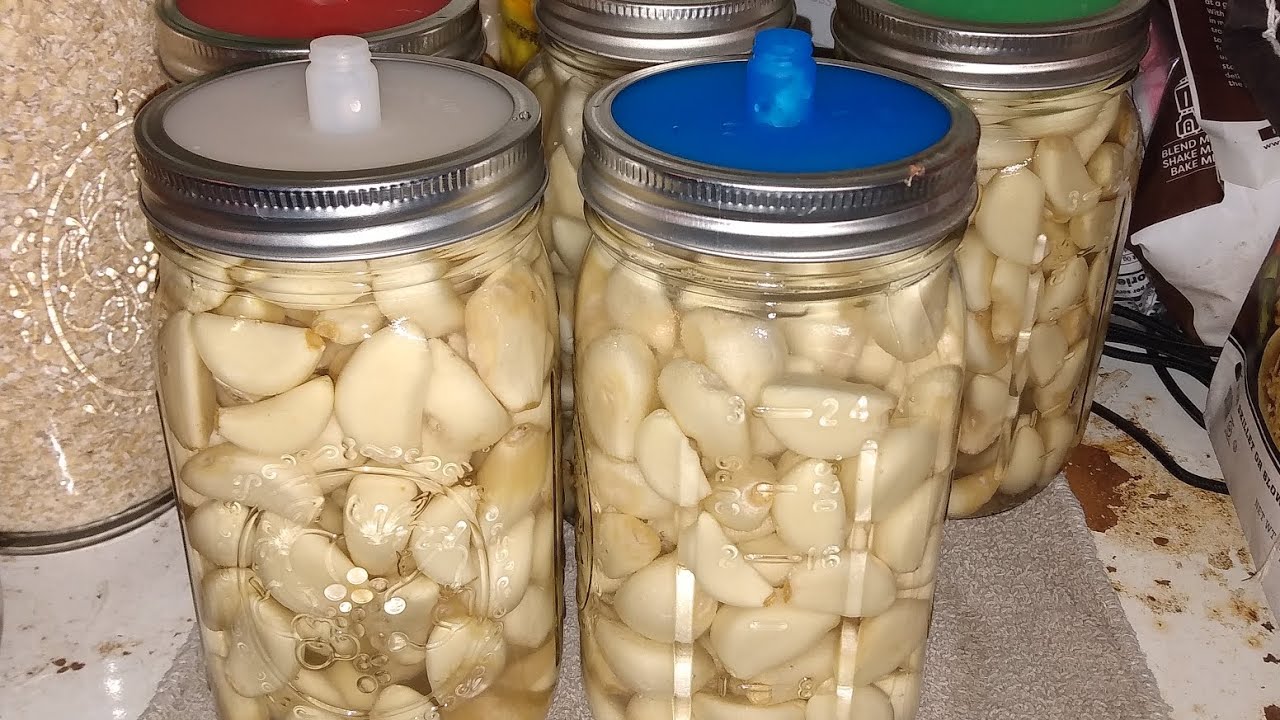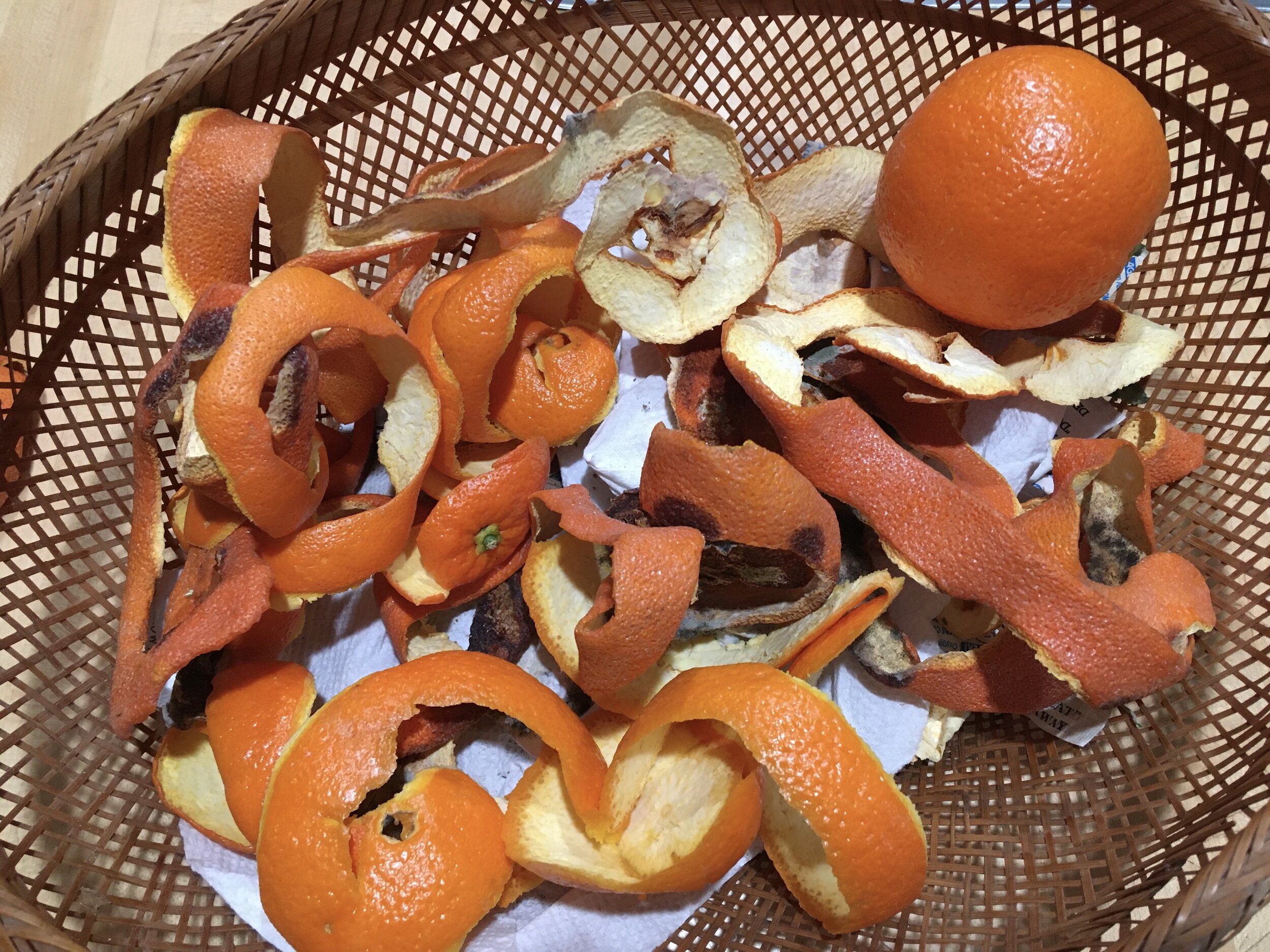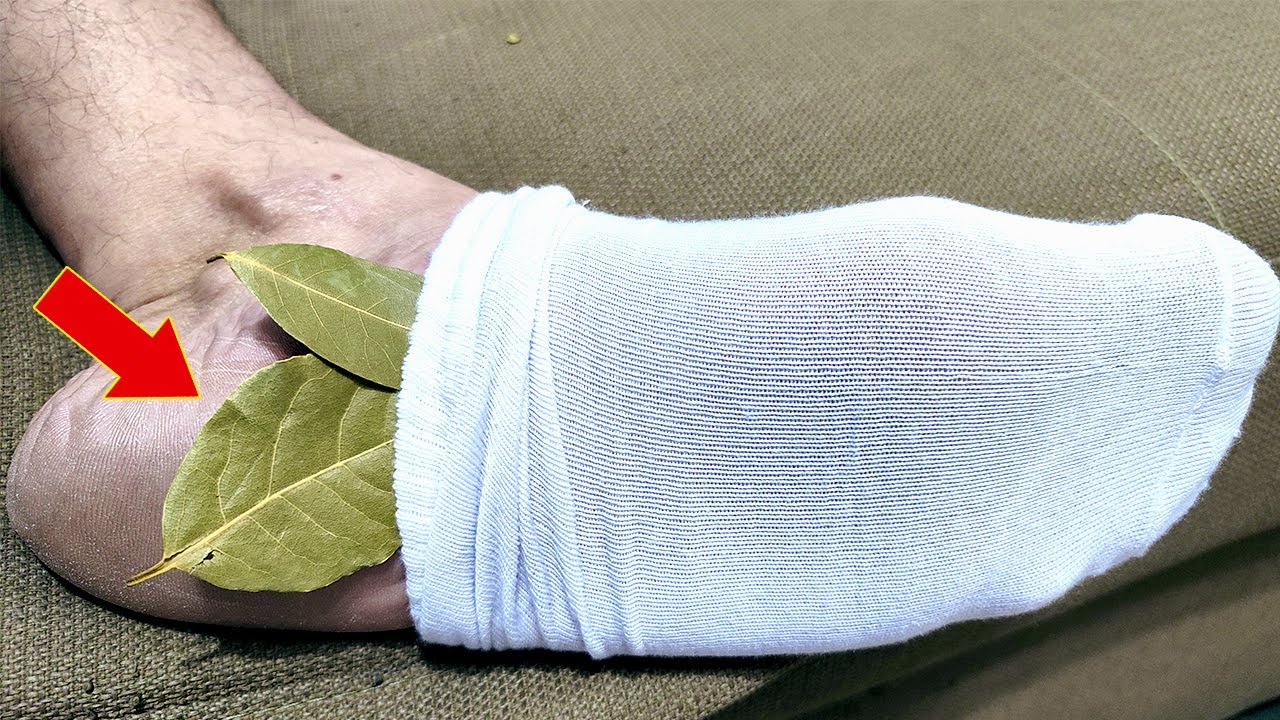
Garlic is a staple in many kitchens due to its rich flavor and numerous health benefits. Properly preserving garlic can extend its shelf life, ensuring you always have fresh garlic on hand for your cooking needs. Here are some effective methods and tips for preserving garlic for long-term storage.
1. Curing Fresh Garlic
-
Procedure: After harvesting fresh garlic, allow it to cure or dry for a few weeks in a warm, dry, and well-ventilated area. Hang the garlic bulbs in bunches, or lay them out on a rack.
-
Purpose: Curing helps dry out the outer layers of the bulb, creating a protective barrier that extends its shelf life.
2. Storing in a Cool, Dry Place
-
Procedure: Once cured, store garlic bulbs in a mesh bag, paper bag, or a basket in a cool, dry place with plenty of air circulation. Ideal storage temperatures are between 60-65°F (15-18°C) with low humidity.
-
Tip: Avoid storing garlic in plastic bags or containers, which can trap moisture and lead to rot.
3. Freezing
-
Whole Bulbs: Simply place whole, unpeeled bulbs in a freezer bag and freeze.
-
Chopped Garlic: Peel and chop the garlic, then freeze it in teaspoon-sized portions on a tray before transferring to a freezer bag. This way, you can easily take out just the amount you need for cooking.
-
Garlic Paste: Blend peeled cloves with a little water or olive oil to make a paste, and freeze in an ice cube tray. Transfer the frozen cubes to a freezer bag for long-term storage.
4. Preserving in Oil
-
Procedure: Peel and chop garlic, then submerge it in olive oil in a jar, and store in the refrigerator.
-
Safety Note: It’s important to keep garlic-in-oil mixtures refrigerated to prevent the growth of Clostridium botulinum bacteria, which can cause botulism. Use within a month to ensure safety.
5. Dehydrating
-
Procedure: Peel and thinly slice garlic cloves, then spread them on a dehydrator tray. Dehydrate at 125°F (52°C) until completely dry.
-
Use: Store dried garlic in an airtight container. Ground the dried slices into garlic powder, or use them as is in soups and stews.
6. Pickling
-
Procedure: Peel garlic cloves and pickle them in a mixture of vinegar, salt, and spices. Seal in airtight jars and store in the refrigerator.
-
Shelf Life: Pickled garlic can last for several months to a year in the refrigerator.
General Tips:
-
Check Regularly: Periodically check stored garlic for bad cloves, which should be removed immediately to prevent spoilage from spreading.
-
Label and Date: Always label and date your storage containers to keep track of freshness.
By using these methods, you can enjoy the robust flavor of garlic year-round, minimizing waste and maximizing your culinary potential. Whether you choose to freeze, dehydrate, or pickle, preserving garlic effectively ensures that you always have this essential ingredient ready for your recipes.





